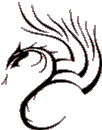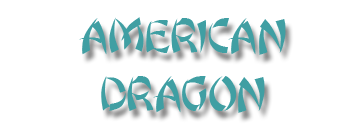POINT: UB-15 (URINARY BLADDER-15)
| English: | Heart Shu |
| Also Known As: | Heart's Hollow Heart Correspondence |
- 1.5 cun lateral to the lower border of the spinous process of the fifth thoracic vertebra level with DU-11 Shendao.
Note: Locate at the highest point of the paraspinal muscles.
- Straight insertion, slanted slightly toward the spine, 1 to 1,5 cun. Sensation: local distention and soreness sometimes extending towards the ribs.
- Transverse insertion, pointed downward along the muscle, 1 to 2 cun/. Sensation: local distention and soreness.
- Caution: Care should be taken not to insert the needle too deeply, to avoid puncturing the lung.
- Puncture obliquely 0.5 to 0.7 cun.
- Moxibustion is applicable.
- Oblique insertion towards the spine, 0.5 to 1 cun.
- Transverse-oblique insertion 1 to 1.5 cun.
- Caution: perpendicular insertion or oblique insertion away from the spine carries a substantial risk of causing a pneumothorax.
- Back-Shu (Associated) point of the Heart
- Regulates and tonifies the Heart
- Nourishes the Heart
- Regulates the Upper Jiao
- Tonifies Ancestral Qi
- Clears Heart Fire
- Regulates Heart Qi
- Cools Blood Heat
- Clears Heat
- Transforms Heart Phlegm
- Expands and relaxes the chest
- Calms the Shen
- Calms the Heart
- Strengthens, stimulates and clears the Brain
- Transforms Wind-Phlegm
- Invigorates the Blood
- Regulates Qi and Blood
|
|
REN-14 |
UB-14 |
HT-7 |
Neurasthenia Agitation of the Heart |
Rheumatic Heart disease |
Cardiac arrhythmias |
UB-17 |
UB-23 |
|
Pulmonary Heart disease |
Buerger's disease |
Weak Kidneys and lumbar region with spermatorrhea |
SJ-10 |
||
Weeping with grief |
Sadness, anxiety and disorientation |
Heart disorientation |
Dementia |
Epilepsy |
Coughing and spitting Blood |
UB-11 |
|
|
Depression in the chest |
|
|
- This a very important point for many Heart conditions.
- Use with moxa to stimulate the brain.
- Be careful only 3 cones per treatment.
- It is equally useful for Excess and Deficiency.

